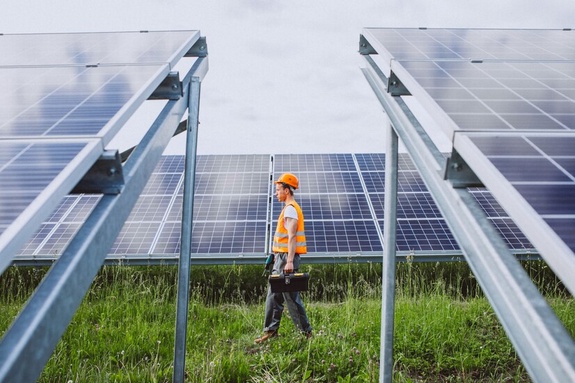As solar energy continues to cement its place as a key player in the global energy landscape, the life cycle management of solar panels becomes a critical consideration. Decommissioning, the process of retiring and disposing of solar panels at the end of their operational life, demands careful attention to ensure environmental sustainability. This comprehensive guide delves into the significance of the decommissioning solar panel, the current state of decommissioning practices, and potential strategies for improvement.
Understanding the Significance of Solar Panel Decommissioning
-
Environmental Impact: While solar panels contribute significantly to the reduction of greenhouse gas emissions during their operational phase, their end-of-life management is equally crucial. Decommissioning involves the safe removal and disposal of panels, preventing potential environmental hazards associated with aging or damaged equipment. Proper decommissioning mitigates the risk of hazardous materials, such as cadmium and lead, leaching into the environment.
-
Resource Recovery: Solar panels contain valuable materials, including silicon, glass, and metals. Effective decommissioning processes focus on recovering and recycling these materials to minimize the demand for new resources. This not only reduces the environmental impact of mining and manufacturing but also contributes to the circular economy by reintroducing reclaimed materials into the production cycle.
-
Space Optimization: As solar installations grow in scale, optimizing space becomes a key consideration. Decommissioning allows for the efficient repurposing of land occupied by aging or outdated solar panels, enabling the installation of more advanced and efficient technologies. This spatial optimization is essential for maintaining the effectiveness of solar farms and ensuring a sustainable energy future.
Current State of Solar Panel Decommissioning Practices
-
Challenges in Recycling: A significant challenge in the decommissioning process lies in the recycling of solar panels. These devices are a complex assembly of various materials, including photovoltaic cells, glass, and aluminum frames. Developing efficient and cost-effective recycling technologies to extract and recover these materials poses a current challenge in the industry.
-
Policy and Regulation: The lack of standardized regulations and policies regarding solar panel decommissioning contributes to inconsistencies in handling end-of-life panels. Establishing clear guidelines for decommissioning procedures, recycling requirements, and responsible disposal is essential for fostering a uniform and environmentally sound approach across the solar industry.
-
Financial Considerations: The financial implications of decommissioning can pose challenges for solar project owners. Balancing the costs associated with safe removal, recycling, and potential land restoration can impact the economic viability of solar projects. Finding sustainable financing models that account for decommissioning costs is crucial for the long-term success of solar installations.
Potential Strategies for Improvement
-
Technological Advancements in Recycling: Investing in research and development of advanced recycling technologies is essential for overcoming current challenges in solar panel recycling. Innovations in separation techniques, material recovery processes, and the development of more sustainable panel designs can enhance the efficiency of recycling and reduce the environmental impact of decommissioning.
-
Standardization and Regulation: The industry must work collaboratively with regulatory bodies to establish clear and standardized guidelines for solar panel decommissioning. Implementing regulations that mandate responsible recycling practices and the safe disposal of hazardous materials can create a framework for environmentally conscious decommissioning processes.
-
Financial Planning and Extended Producer Responsibility (EPR): Implementing Extended Producer Responsibility programs can incentivize manufacturers to take responsibility for the end-of-life management of their products, including decommissioning. Additionally, developing financial models that account for decommissioning costs from the outset can ensure that solar projects are economically sustainable over their entire life cycle.
Conclusion
In conclusion, the decommissioning process of solar panels is a critical aspect of ensuring the long-term sustainability of solar energy. As the industry continues to expand, addressing the challenges associated with decommissioning becomes paramount. By recognizing the environmental impact of end-of-life panels, focusing on resource recovery, and implementing technological advancements and regulatory frameworks, stakeholders can contribute to a more sustainable and circular approach to solar panel decommissioning. Ultimately, the journey from rays to rest underscores the responsibility of the solar industry in managing its environmental footprint and charting a path towards a cleaner and more sustainable energy future.


No comments yet